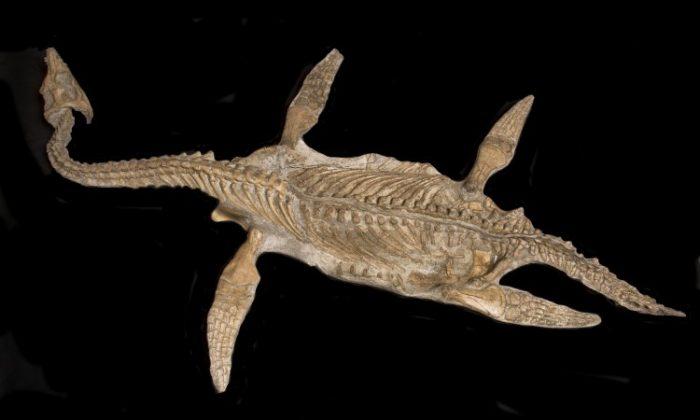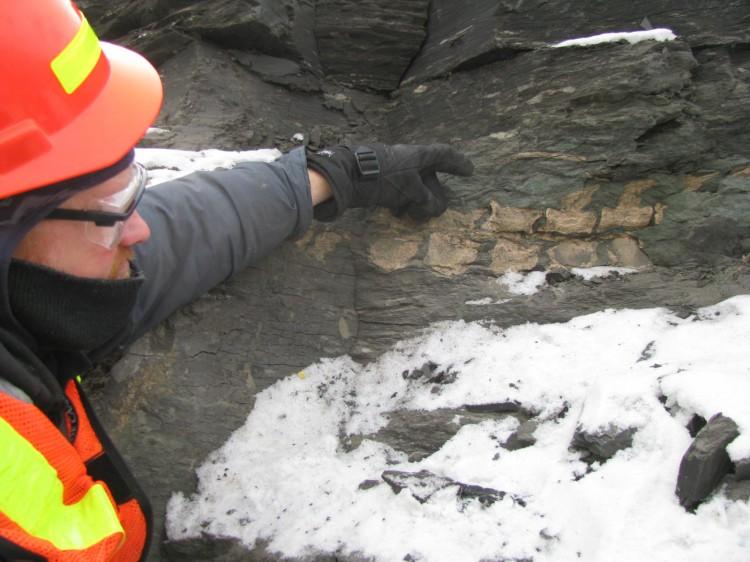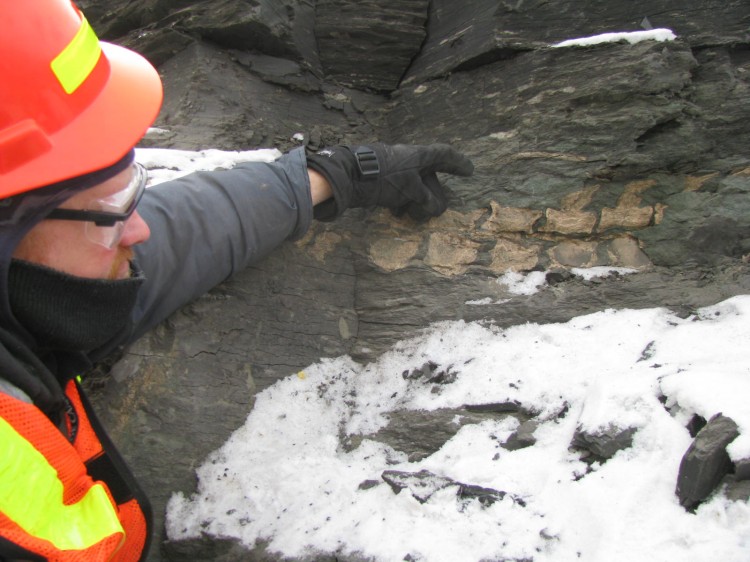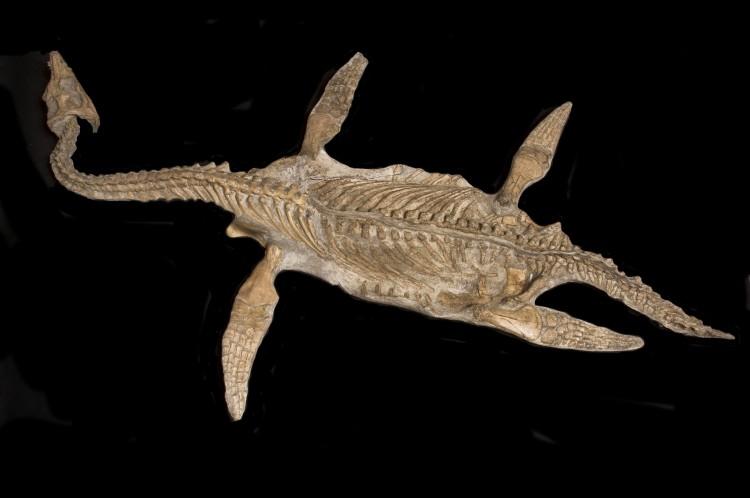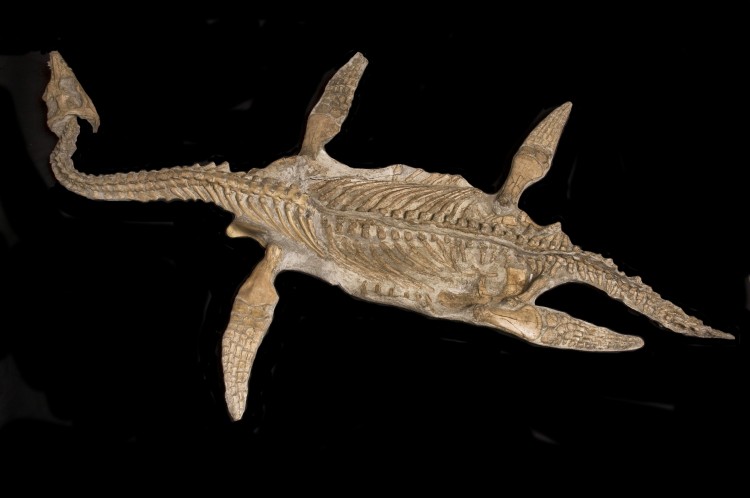A rare dinosaur found in the Alberta oil sands will take at least another two years to be ready for public viewing, says a curator involved in the project.
“It’s a very slow process,” says Donald Henderson, dinosaur curator at the Royal Tyrrell Museum in Drumheller, Alberta.
“A week ago today we got it out of the ground and transported it to a quiet place in the mine. So it’s still sitting up there. … We’re going to go back in May to do the work to get it trimmed down and stabilized for transport.”
The fossil of the marine reptile known as a plesiosaur was found on a Syncrude lease in Fort McMurray on Nov. 14.
The Fort McMurray area has one of the largest crude oil reserves in the world, but it was once covered by a marine ocean known as the Albian Sea and home to countless ancient sea creatures.
“The whole time dinosaurs were on land, the [plesiosaurs] were swimming around in the seas. They are reptiles that are fully adapted for life in the seas. They would never come onto land—with a long neck and flippers that just wouldn’t work,” says Henderson.
Being a top predator and averaging 20 metres in length, plesiosaurs are among the largest fossils ever found in the area. Although plesiosaurs have been discovered on other continents around the world, this find is particularly interesting to scientists because it is relatively complete.
“This is a very rare find. It’s a long-necked plesiosaur, which is a marine reptile with a very long neck, small head and short body. The last one that was recovered was 10 years ago; it was recognized as a new kind and given the name Wapuskanectes,” Don Brinkman, director of preservation and research at the Royal Tyrrell Museum, said in a release.
“We are hoping that this is another specimen of this kind of plesiosaur. The new specimen is particularly important because it looks to be nearly complete.”
The plesiosaur was known to live during the Jurassic Period, about 100 million years ago. Its likeness is often compared to the popular image of the Loch Ness Monster.
Discovered by heavy equipment operator Maggy Horvath, this is the tenth fossil found on a Syncrude lease.
“I think it’s great that I’m part of this. It felt pretty good to call my son and let him know that I found a prehistoric fossil while working in the mine,” says Horvath.
The last one, found in 2000, was 110 million years old and one of the most complete Cretaceous Ichthyosaurs of its age ever discovered in North America.
Another rare 110 million-year-old fossil, the ankylosaur, a dinosaur known for its bony plates of armour, was found earlier this year by Suncor employees on an oil site near Fort McMurray.
The Canadian Badlands, an area south of Fort McMurray that covers a broad swath of southern and eastern Alberta, is traditionally the hotspot for dinosaur fossil finds.
It has produced some of the world’s richest deposits of prehistoric fossils and is known internationally for its dinosaur education and preservation efforts.
